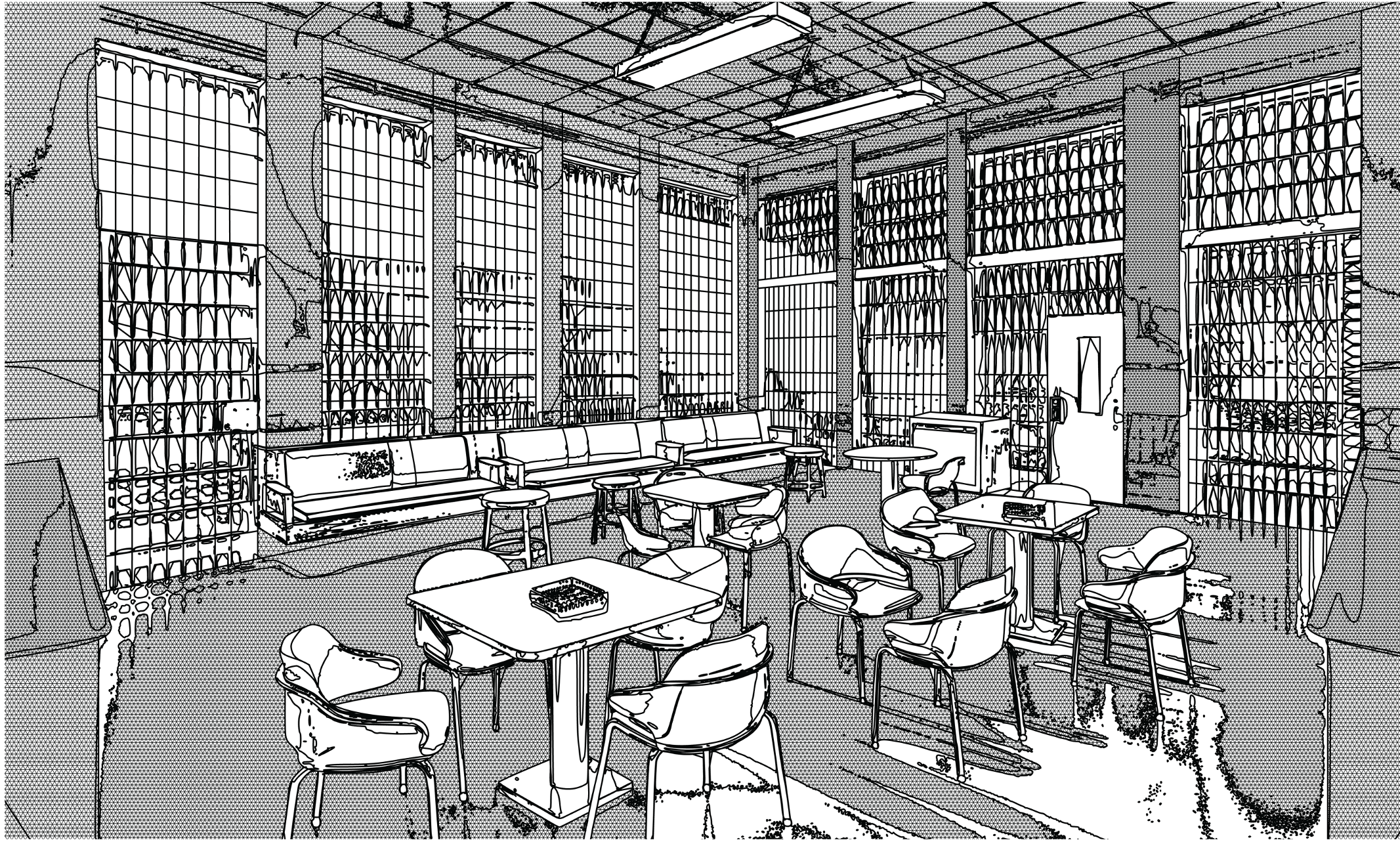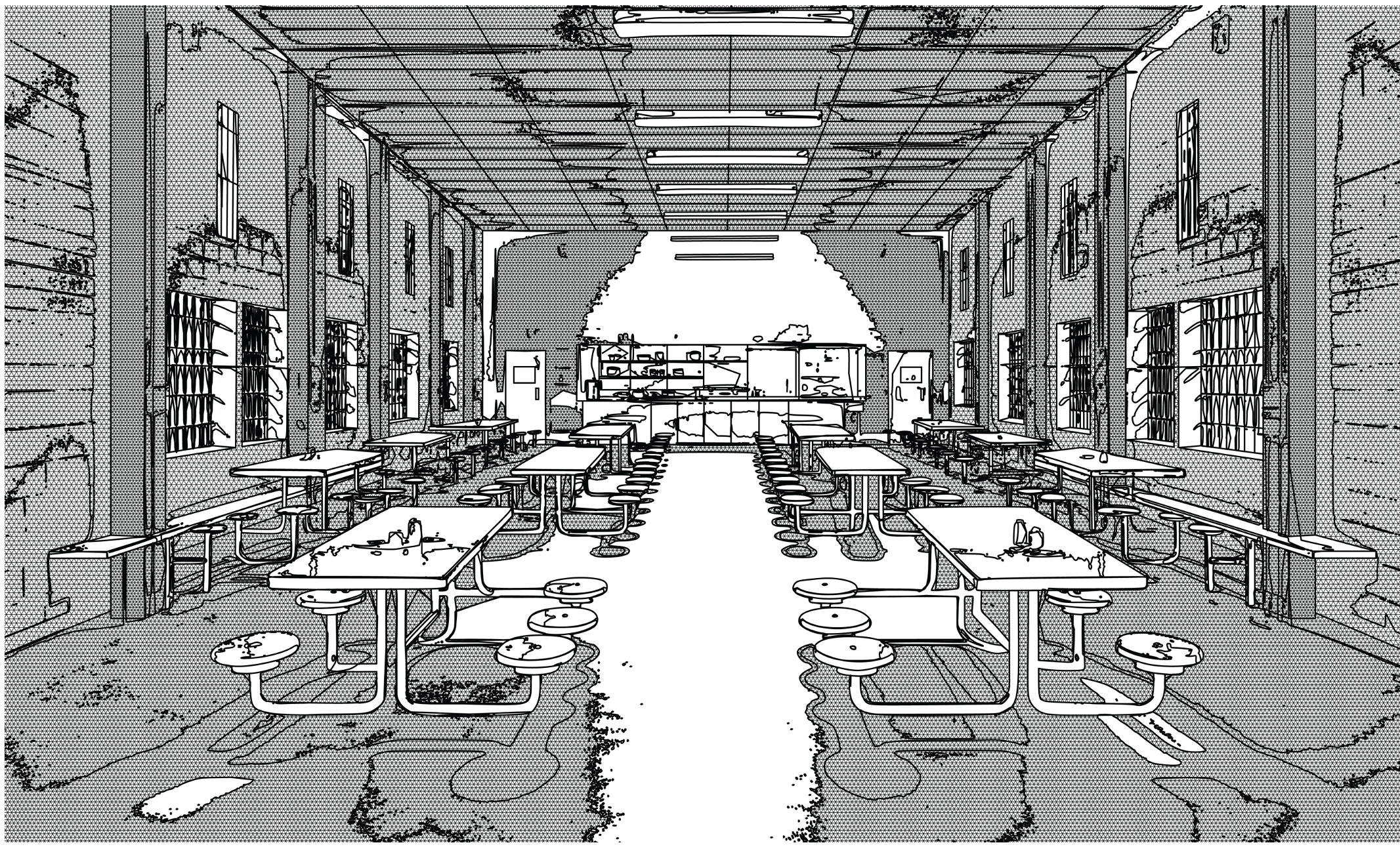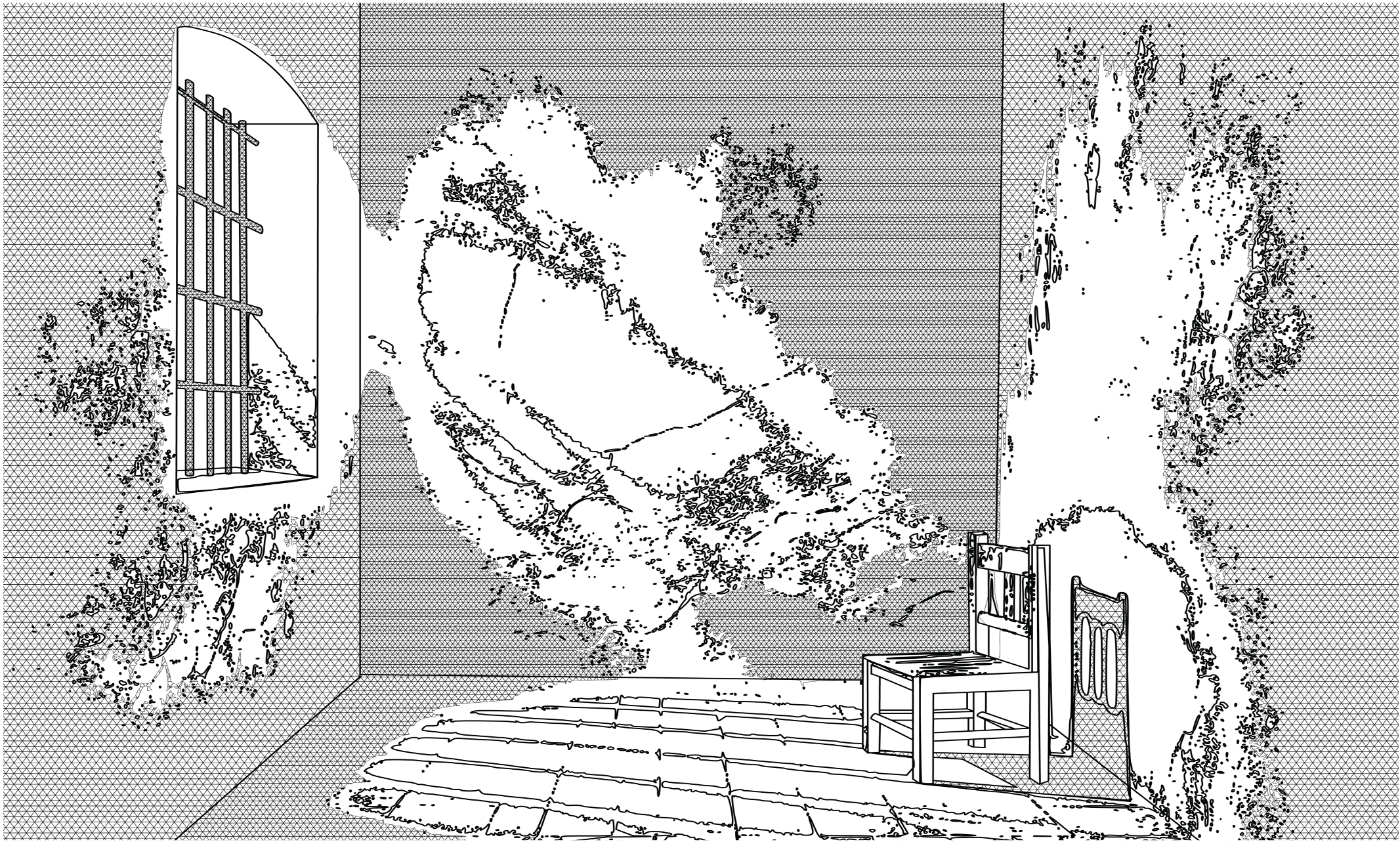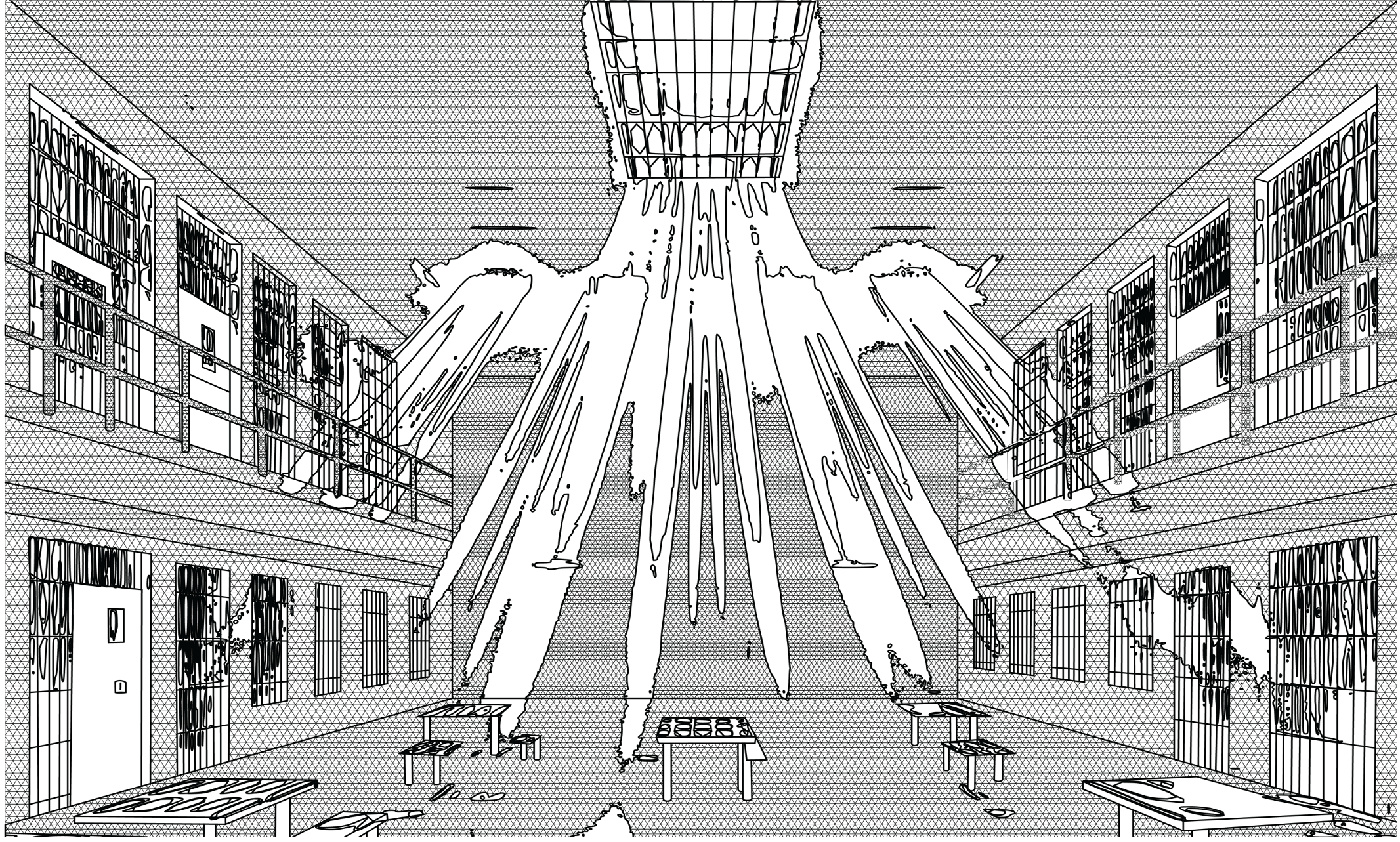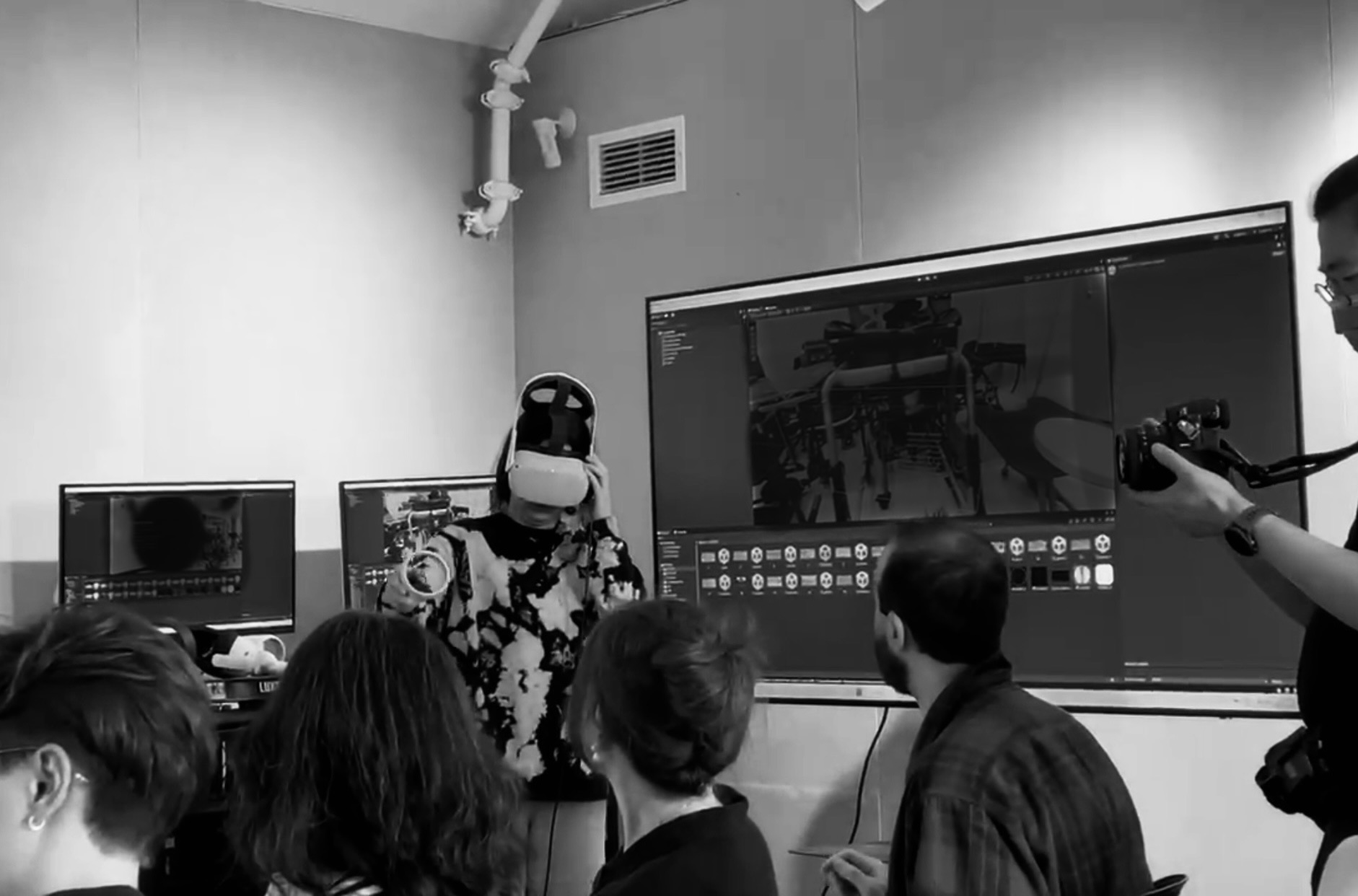The architectural environment within correctional facilities plays a holistic and extensive role in the experience inmates have during their time in confinement. Architecture of confinement affects a person’s well-being; through lighting, color, space, and occupancy. Spaces of solitary isolation have long-lasting effects on a person’s health and mental well-being. Inmates kept in a supermax unit saw a 15% higher risk of recidivism. Meanwhile, humanistically designed facilities are seeing reduced violence and lower recidivism. Most commonly in entities like correctional facilities, architecture that confines inmates in spaces for long and set durations of time can alter and influence their personality and behavior.
Nowadays, virtual reality is being implemented in prison facilities to help re-integrate inmates back into society as a system of reformation. To best exhibit the experience of inmates to a given audience, virtual reality is used to portray present-day correctional facilities of varying types to highlight the common environment of an inmate in a facility.
